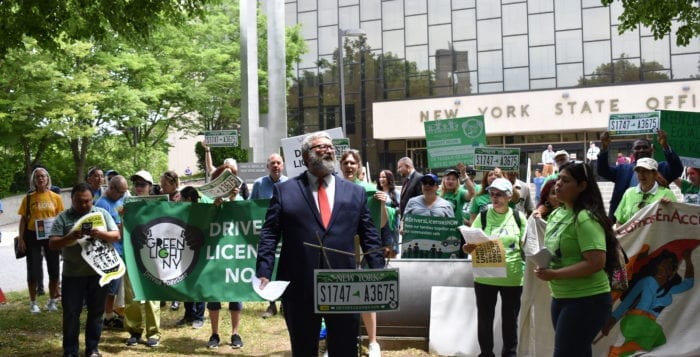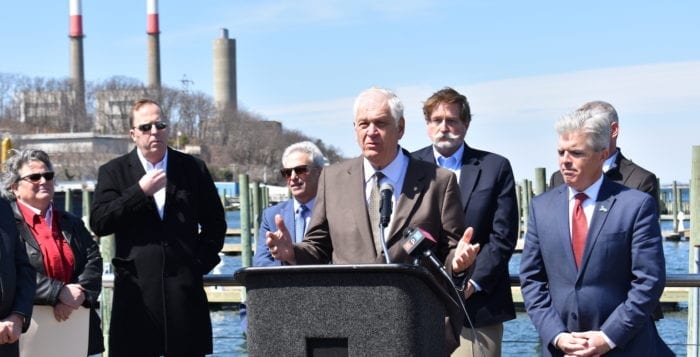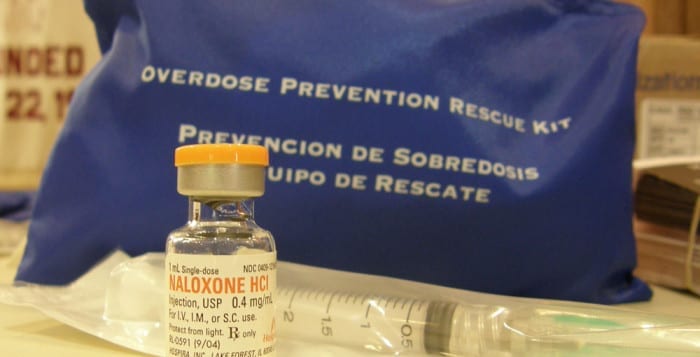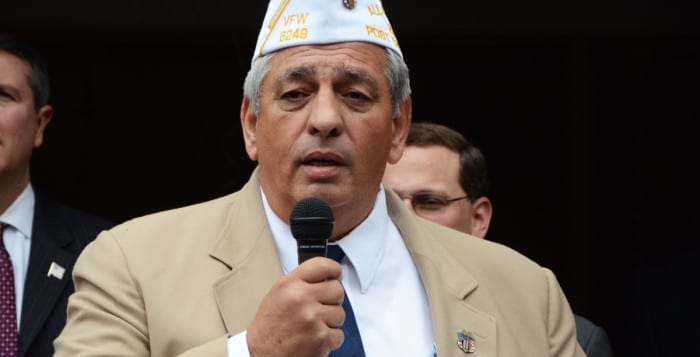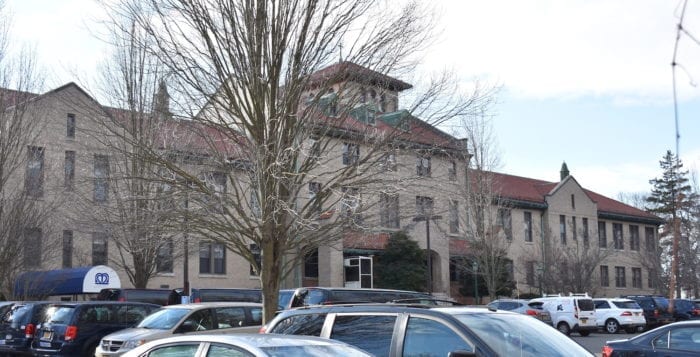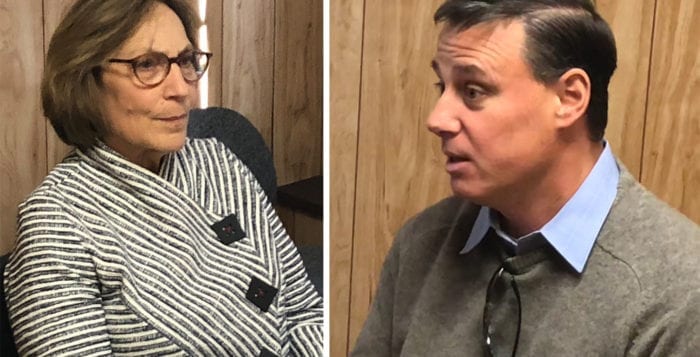The Town of Huntington and the State Department of Environmental Conservation have separate rules and regulations related to shellfishing, which may confuse some people. Erica Ringewald, a spokesperson for the DEC agreed to answer a few general questions about shellfish harvesting in local bays and harbors.
Are diesel boats dredging or sail dredging in Huntington Harbor and have they “stolen” millions of dollars’ worth of clams and oysters? Does the state punish this?
The Town of Huntington has jurisdiction over the method of shellfish harvesting in town waters, which comprise Huntington Bay, Hunting Harbor, Centerport Harbor and Northport Harbor. Shellfish harvesting, regardless of method, is prohibited by DEC in Huntington Harbor, which is closed to the taking of shellfish year-round.
Has shellfish dredging been identified as a problem?
DEC’s Division of Law Enforcement responds to a few complaints each year, particularly in winter, and often works with the Town of Huntington to investigate depending on the type of complaint made and where the alleged harvesting may be taking place. DEC has not received reports of the illegal harvest of millions of dollars of shellfish at this location.
Fines for violations include:
First offense for taking shellfish in closed section ranges from $250 to 1,000 (misdemeanor) and value of shellfish illegally taken can be added to the fine. First offense for taking shellfish by mechanical means ranges from $250 to 1,000 (misdemeanor) and the subject could lose the boat and all equipment. In addition, two convictions within a five-year period would result in mandatory license revocation and an administrative suspension of up to 6 months.
Are there different rules and catch limits for commercial vs. recreational shellfish harvesting?
No permit is required for recreational shellfish harvesting from state lands. Local towns have additional restrictions on catch limits, size limits, season, type of gear and may require residency and additional permits. Recreational harvesters are required to check with the local town they are harvesting from for specific information.
Commercial shellfish harvesters are required to obtain a New York State Shellfish Digger Permit. This permit allows only the permit holder to harvest, cull, sort or tag clams, oysters, mussels and scallops taken from certified or open waters for commercial purposes. An additional Shellfish Digger Vessel Endorsement is required to allow a Shellfish Digger Permit holder to endorse his or her permit to a single vessel which covers all people on board the vessel while harvesting, culling, sorting or tagging hard clams and oysters. For state shellfish harvest limits visit www.dec.ny.gov/outdoor/29870.html.
How long has shellfishing been prohibited in Huntington Harbor?
Huntington Bay is certified (open) for the harvest of shellfish. Approximately 50 percent of Huntington Harbor (southernmost portion) was closed to shellfish harvesting in 1975. The harbor was entirely closed to shellfish harvesting by 1986. For information on shellfish closures in Huntington Harbor, refer to www.dec.ny.gov/outdoor/103483.html#Huntington_Harbor11.


